The Temple of the Beckoning Cat
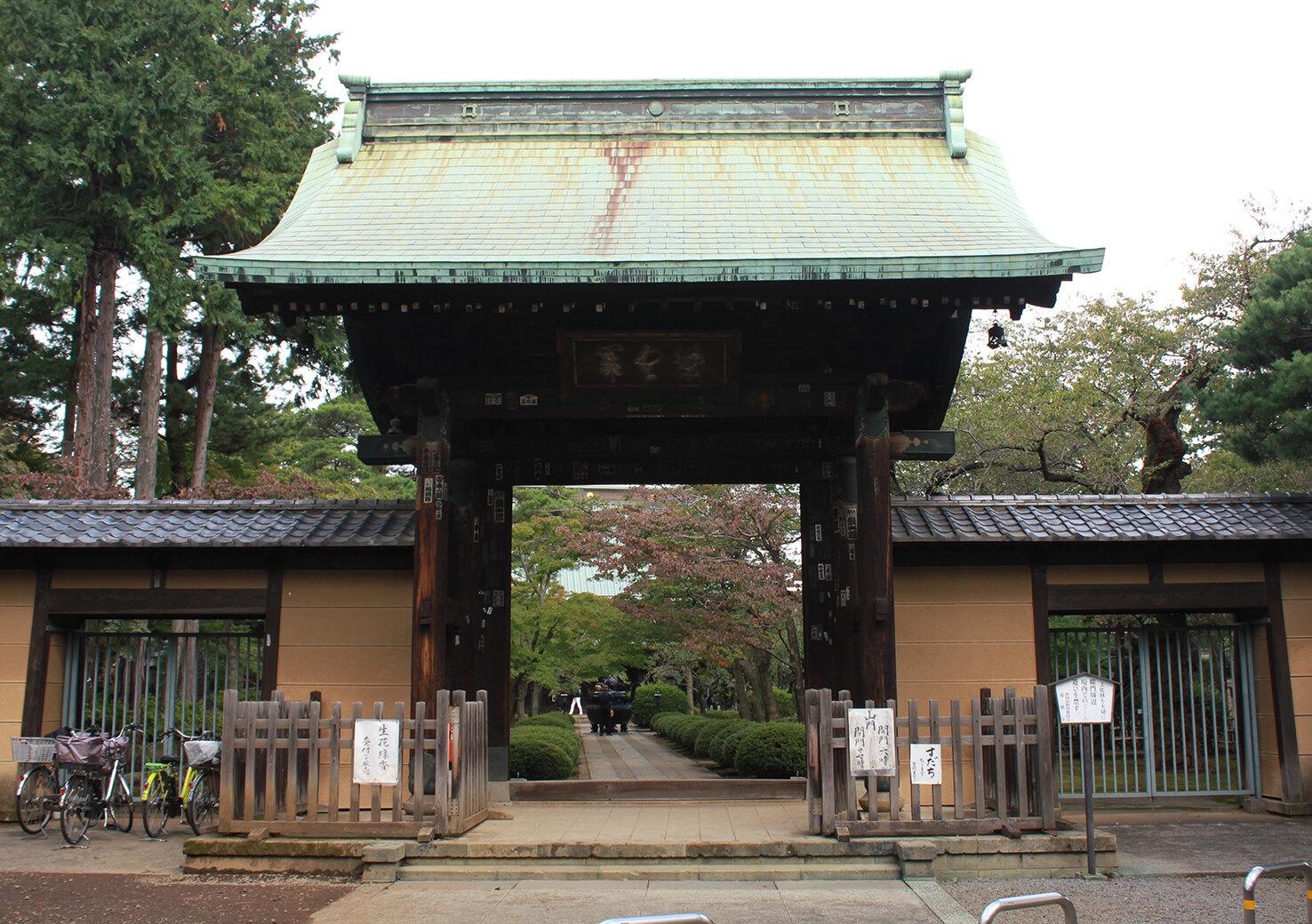
Upon first glance, the entrance to Gotokuji Temple in the reserved, residential district of Tokyo's Setagaya Ward appears beautiful, though perhaps not too different from many other lovely old Zen Buddhist temples in Japan. A grandiose gate beckons the visitor to enter and the long stone path leading into the temple grounds is flanked by greenery, with low shrubs and trees on either side.
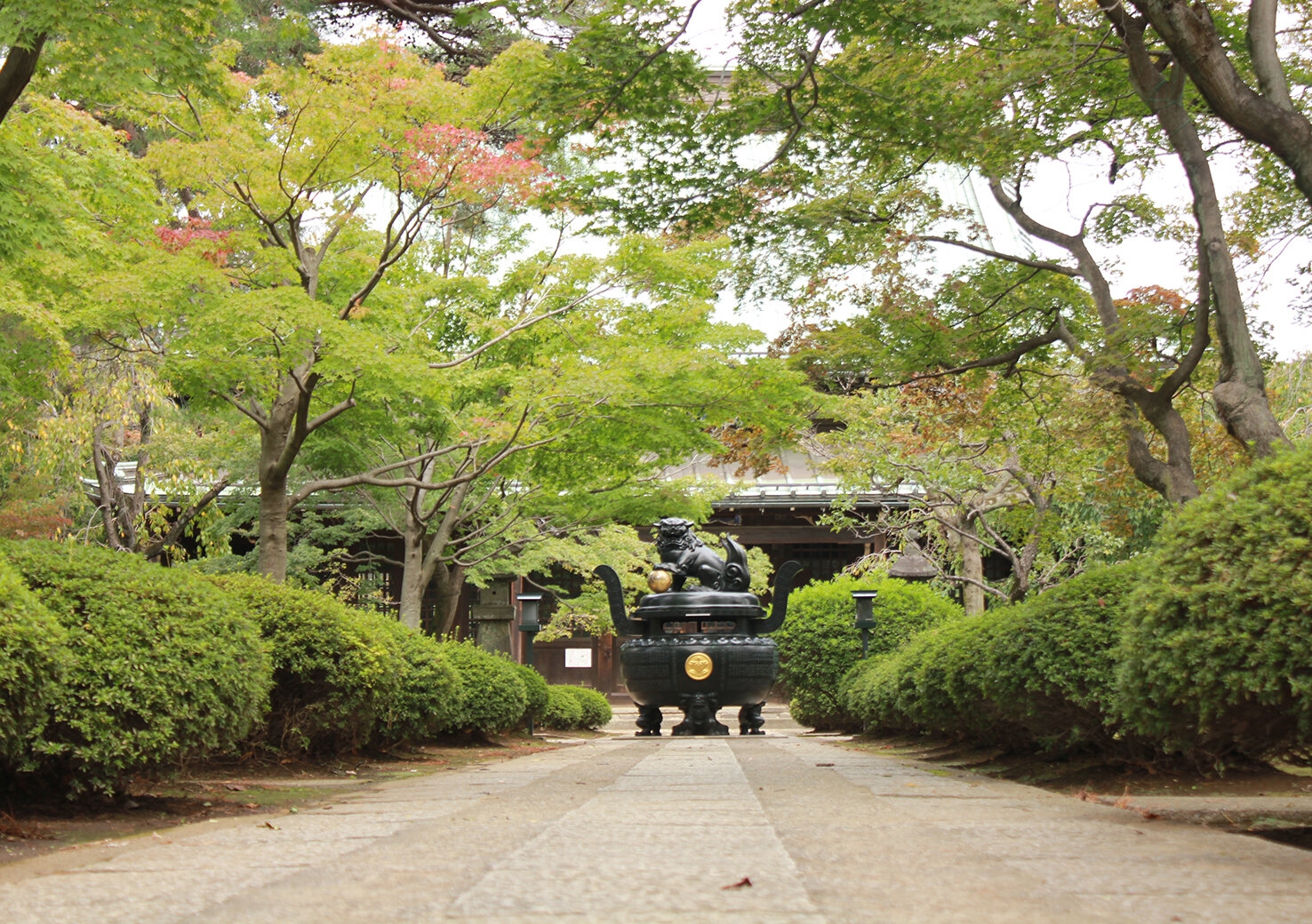
The first structure to which the path leads is an old temple building that seems largely closed off to the public. Nevertheless, small windows in the wooden front doors allow the curious visitor to peek through and spot some fine old Buddhist images inside.
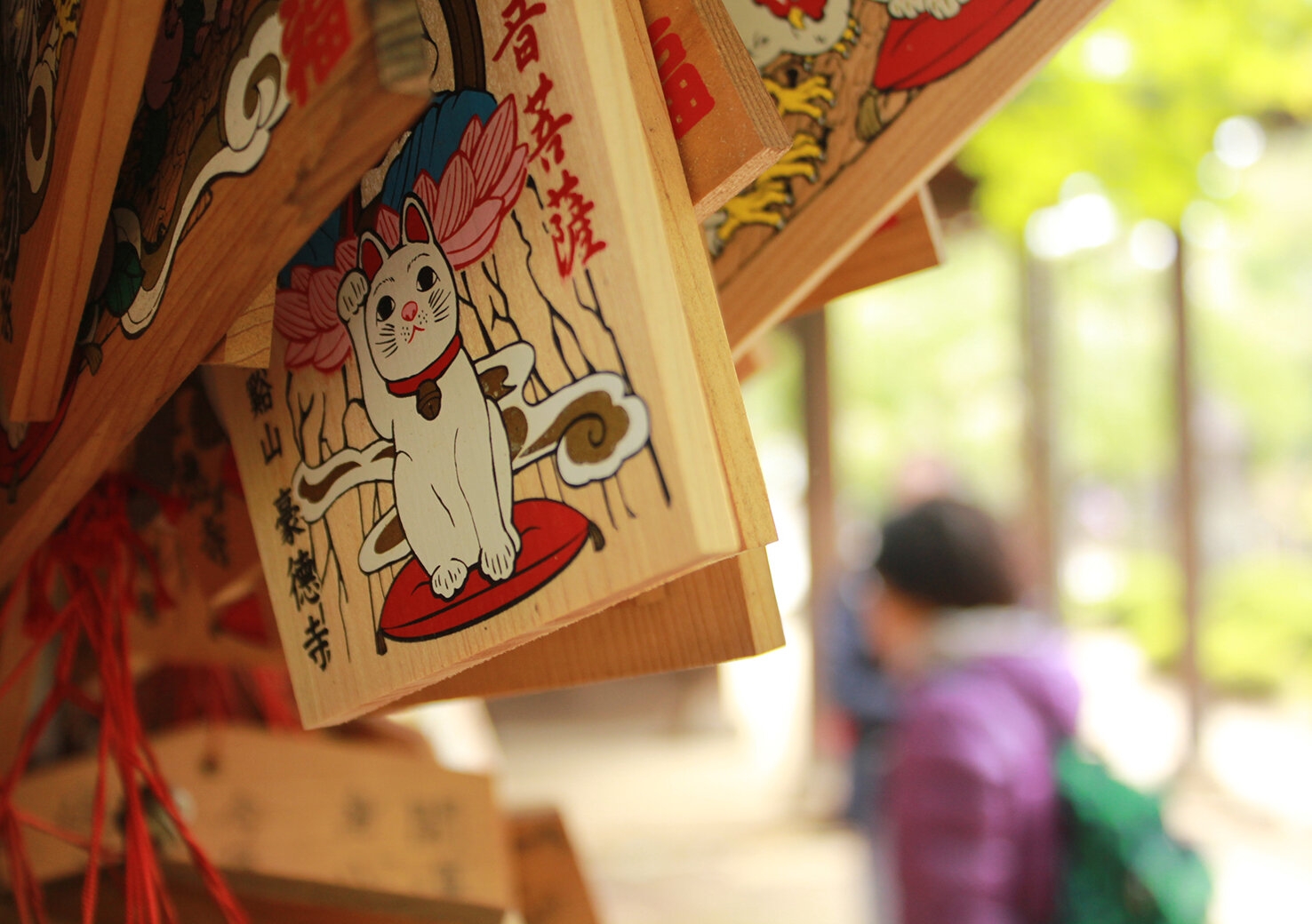
It is only on passing the first building that you see signs of something different to the norm. The first hint is a large wooden rack with colorful wooden votive tablets, known as ema. Upon each ema is the figure of a white cat with its right front paw raised in a beckoning pose, which is called the maneki-neko or beckoning cat.
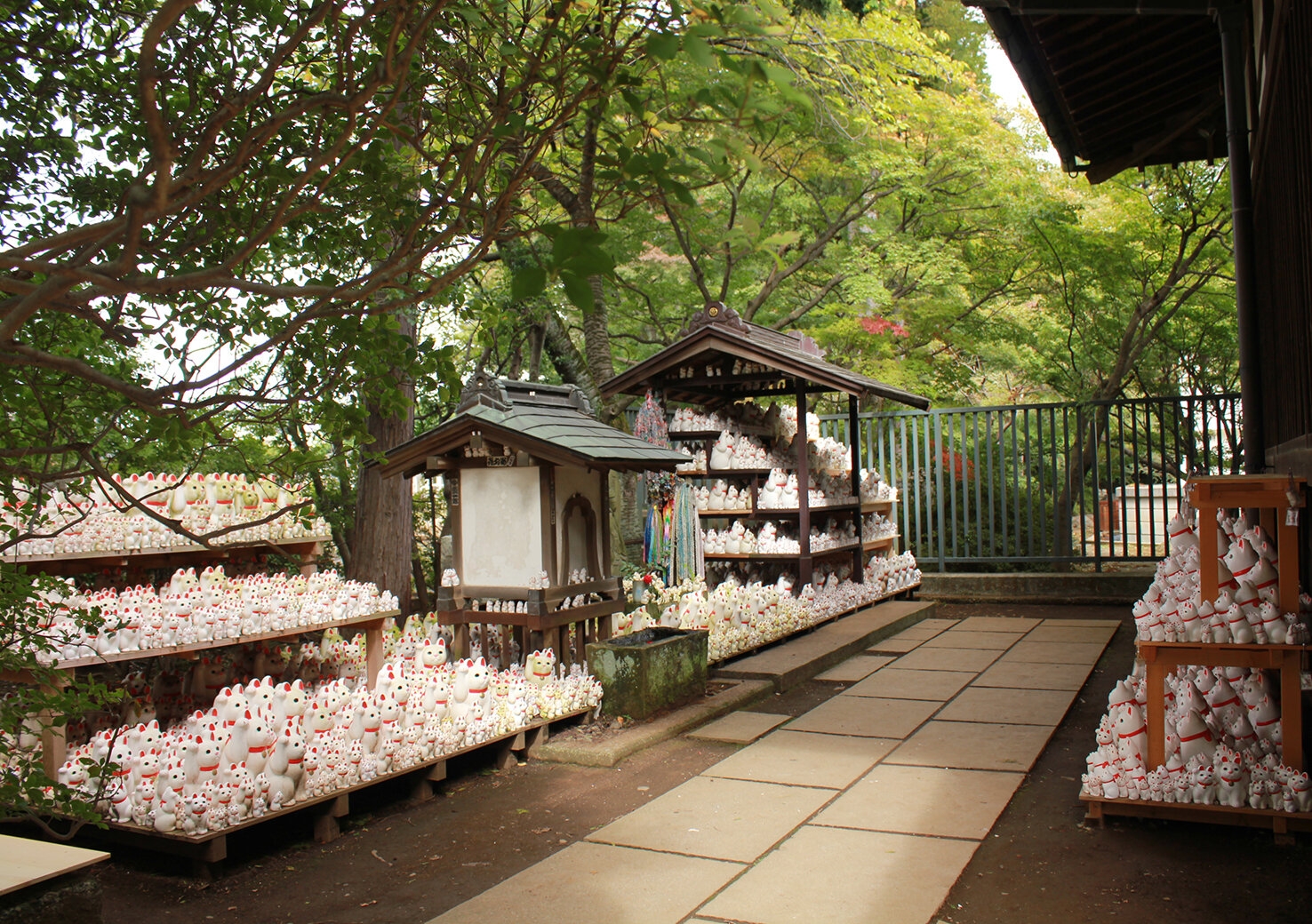
Behind this collection of ema stands a fairly small building, with a collection of white feline figurines of such a number that they appear to be a white mass from far away. Upon closer inspection, one can see figurines of assorted shapes and sizes covering the area to the left of the building. Big, small, new and old, these cat figurines occupy wooden racks and even flank the sides of a stone bodhisattva statue.
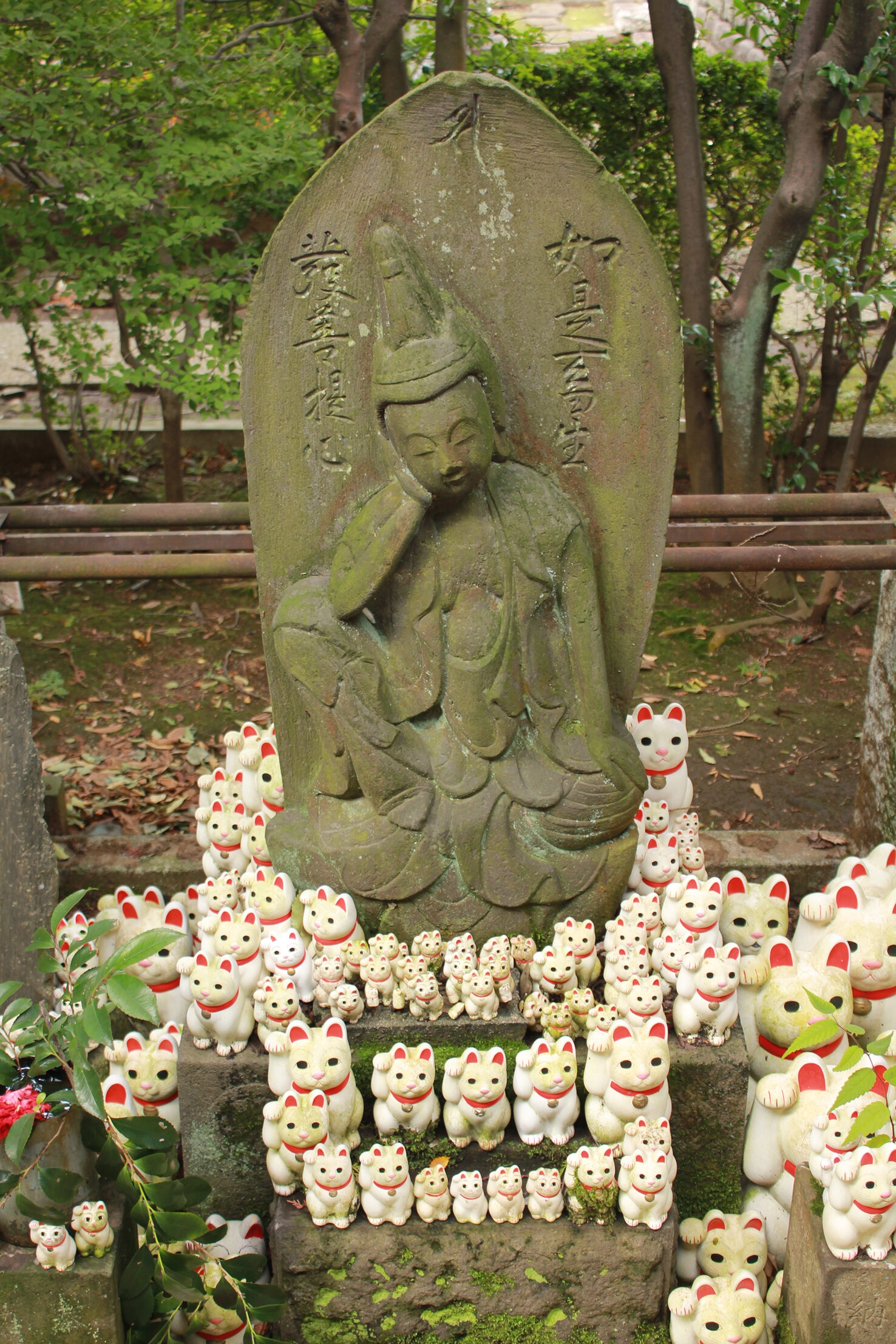
Legend has it that this temple was begun in the Edo Period (1603-1868) as a small hut occupied by a rather poor monk and his cat. The monk cared for the cat as if it was his child, even sharing his meals with it. One day, he asked the cat to bring some fortune to the temple if it was grateful to him.
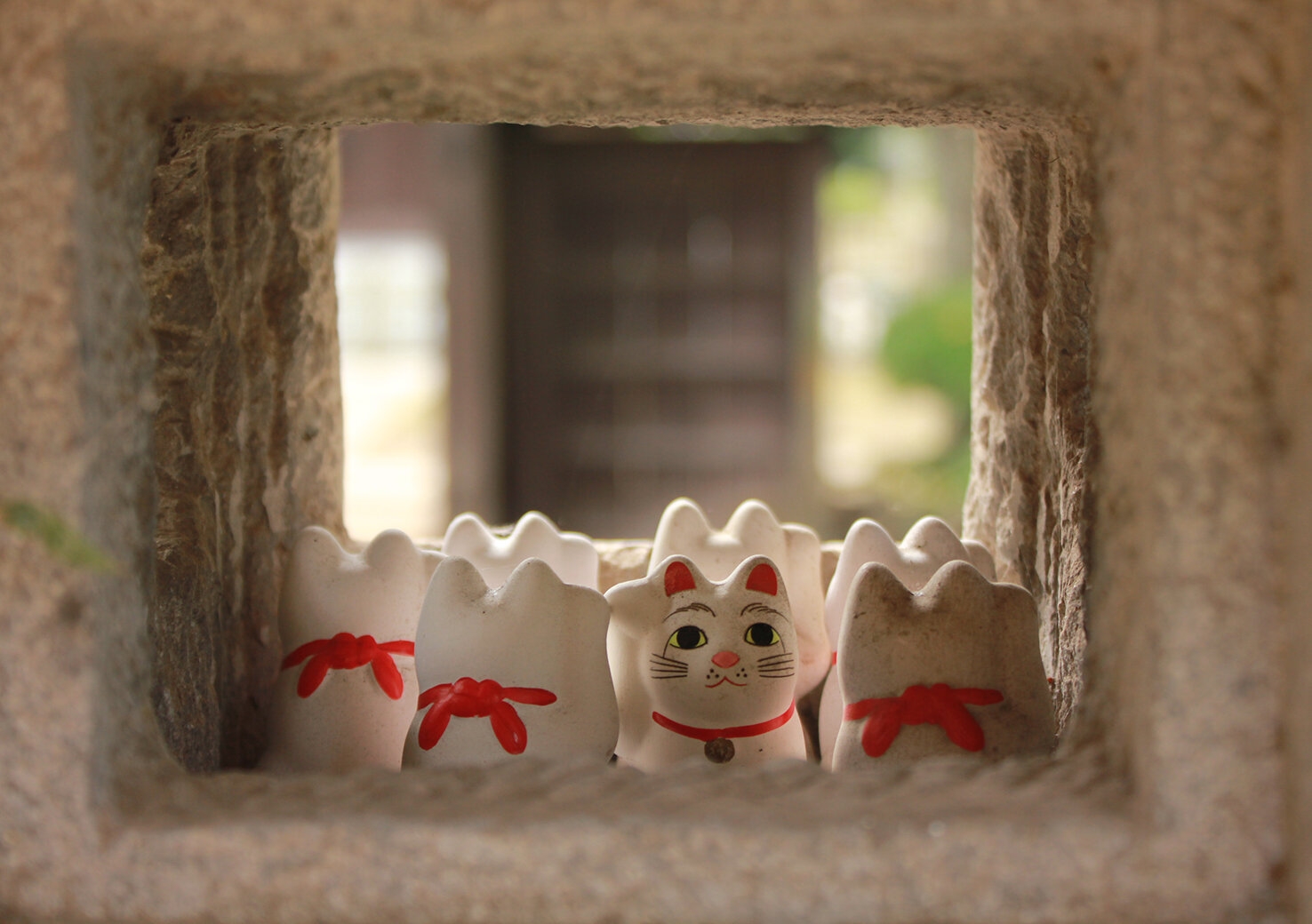
Months passed and, one summer afternoon, the monk was surprised to find five or six samurai who were on their way home from hawk-hunting. Dismounting from their horses, they approached the monk and explained that, as they were passing in front of the temple gate, they saw a cat lift its right front paw and start waving to them. Surprised by this unusual behavior, they came to the temple to investigate.
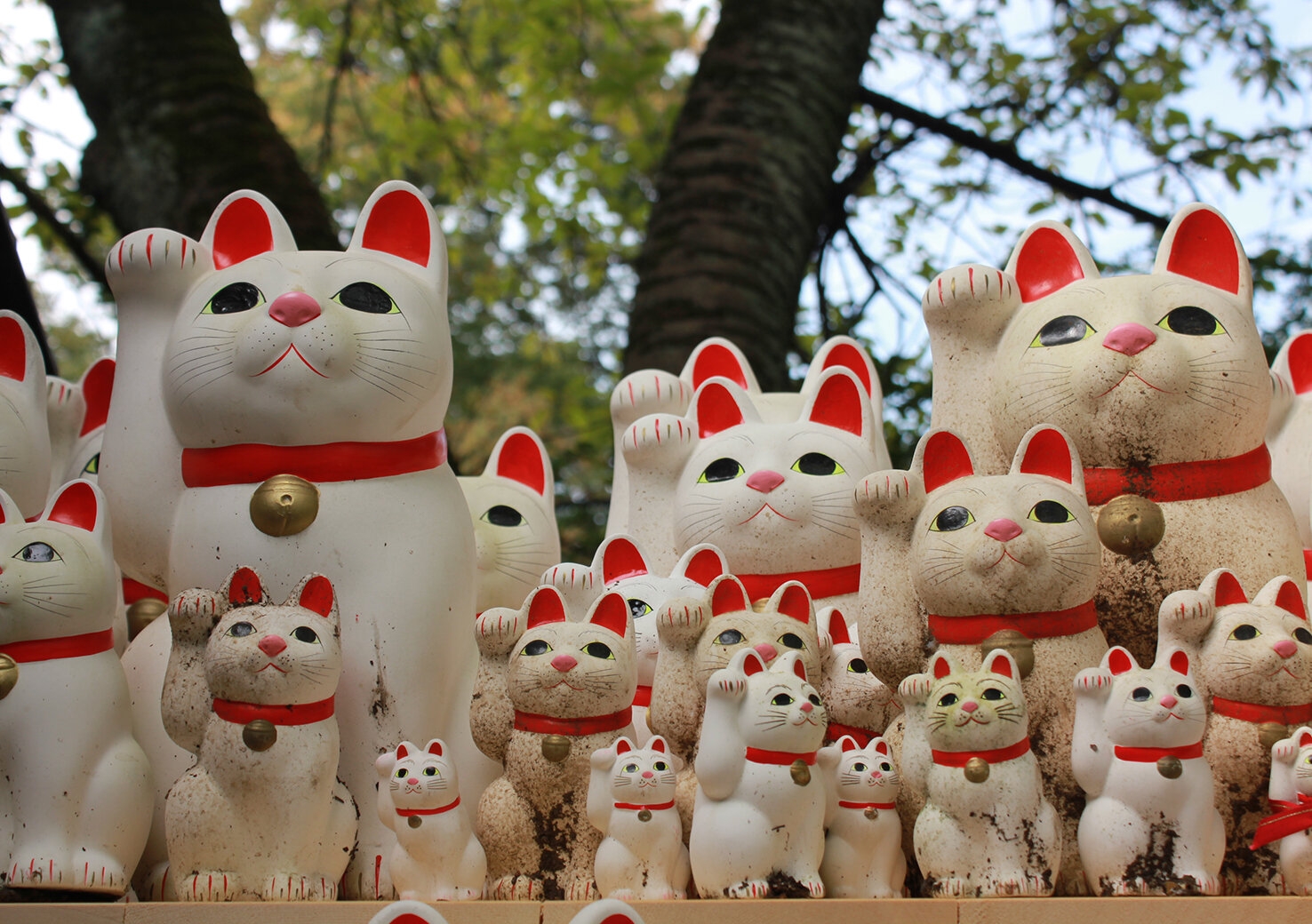
The monk invited them in and served them some tea. As the men relaxed inside the hut, the sky darkened and heavy rain and thunder began to fall. The monk shared Buddhist teachings with them as they waited for the storm to pass. The samurai were delighted by the teachings. One, a feudal lord from Hikone (a city in present-day Shiga Prefecture), was so impressed that he vowed to donate large rice fields and cropland, to make the temple into a proper structure.
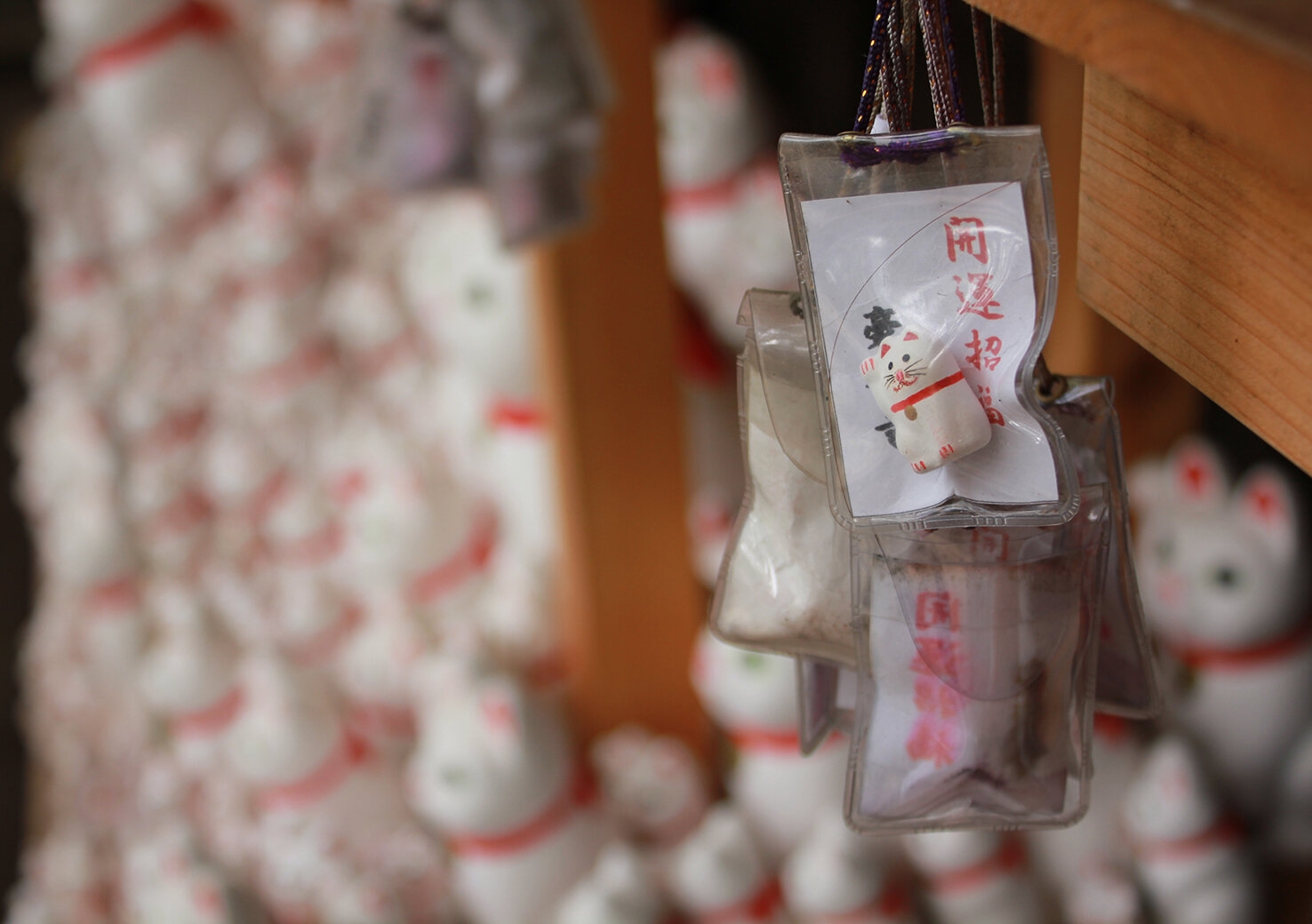
The beckoning cat therefore brought fortune to the temple, and Gotokuji's reputation as the cat temple was established. The statue of the beckoning cat was created as a way for people to remember this episode. Patrons now come to purchase the cat figurines as a donation to the temple and to pray for household serenity, business prosperity and the fulfillment of wishes.
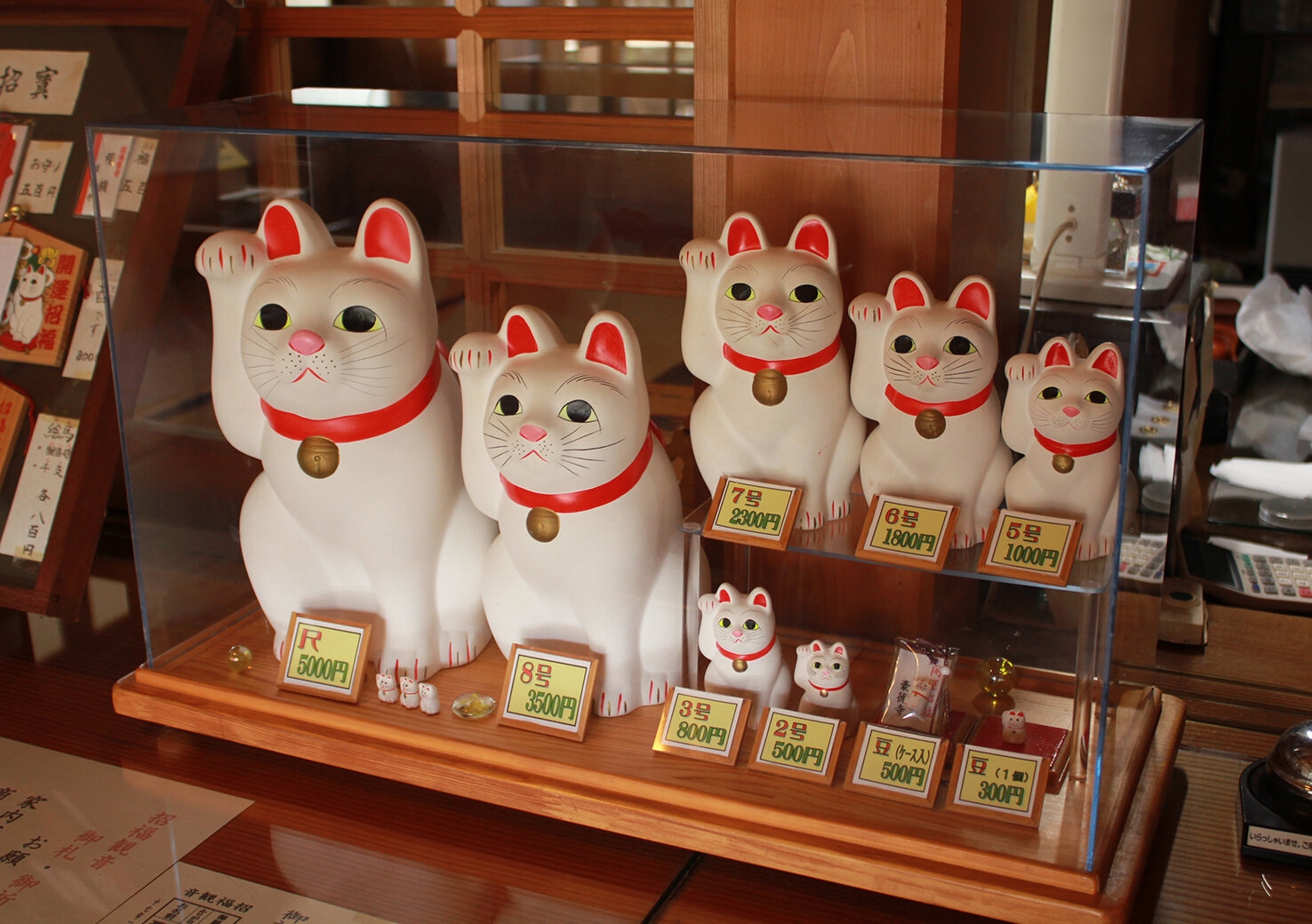
It's quite easy to reach Gotokuji, and its spacious grounds are ideal for a nice stroll. Visitors will also find a stately wooden pagoda, well-manicured plants, and tranquility on and around the premises.
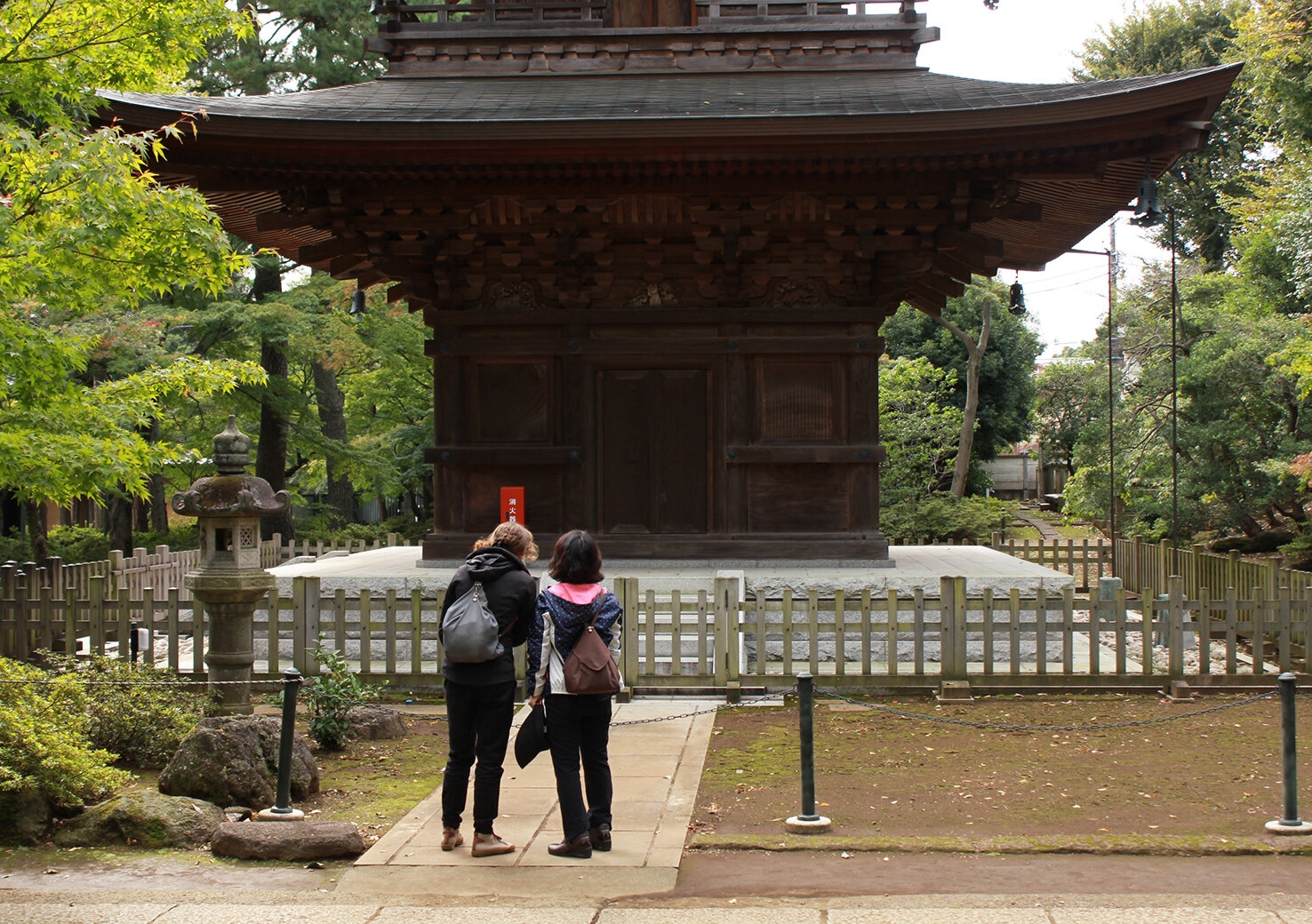
To reach Gotokuji Temple, take the Odakyu line from Shinjuku Station and disembark at Gotokuji Station. From there, the temple is about a 10-minute walk, through a small commercial area lined with businesses ranging from fashionable coffee takeout stands to restaurants. Those with smartphones and map apps will likely have no trouble finding the way. You'll know you're on the right path when you see flags depicting cats on the lampposts of the shopping street.
This article was written by Noam Katz.
*This article was posted on the Life in Tokyo website operated by the Tokyo International Communication Committee on December 25, 2017.
